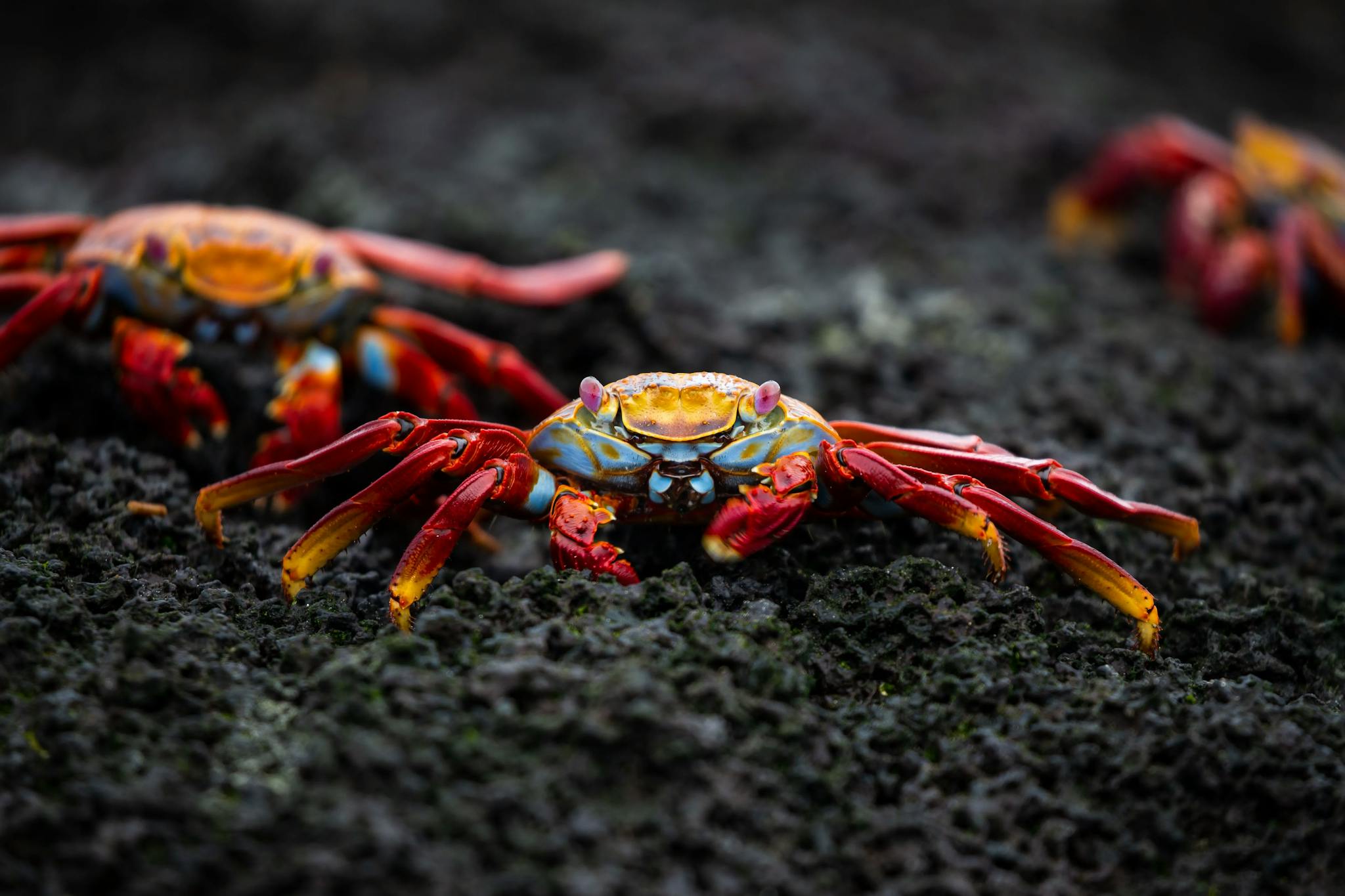The Galápagos Islands - Part 1
BY:![]() Christopher Scott Carpenter
Christopher Scott Carpenter

Featured Artists:

Christopher Scott Carpenter

Christopher Scott Carpenter

Christopher Scott Carpenter

Christopher Scott Carpenter

Christopher Scott Carpenter

Christopher Scott Carpenter

Christopher Scott Carpenter
CURATORIAL STATEMENT
As a media practitioner, I am passionate about the intersection between storytelling and education. Having produced and directed a series of documentaries in India that informed the adoption of education reform policies in crucial areas within the country, I experienced firsthand the positive impact possible when media is utilized to illuminate, empower, and expand. When I visited the Galápagos, I connected with the ecosystem through photography. I found moments of curiosity, love, community, despair, and contention amongst the magnificent animals that inhabit these islands. By minting these photographic moments as NFTs, I hope to assist the efforts of the International Galápagos Tour Operators Association in their pursuit of providing education, so crucial to the understanding and stewardship of the magical landscapes of the islands, through the form of a public library to the communities of the Galápagos’s largest island, Santa Cruz. Education empowers, informs, and creates a symbiosis that further enables the humans of the Galápagos to protect, share, and champion the other species that surround them. Please join me in supporting this important effort. A full 40% of net profits will be donated to this organization, with proof of donation to be sent to all collectors.
Darwin’s (Galápagos) Finch
“Conservation Status: Endangered, population decreasing The 13 species of finches found throughout the Galápagos Islands formed the basis of Charles Darwin’s Theory of Natural Selection; each species wields a distinct beak molded by the various environmental demands. ”
Sally Lightfoot Crabs
“Conservation status: Unknown Found commonly throughout the islands, the Sally Lightfoot Crab presents a burst of neon color as it scurries across rocks and along the sand in search of algae and small prey. ”
Galápagos Tortoise
“Conservation status: Vulnerable The giant Galápagos tortoise lumbers slowly through the tall grasses of the islands; though once nearly hunted to extinction, their population, while still vulnerable, has stabilized since the 1970s due to conservation efforts. The diversity evident in their shells, sizes, and colors again suggested to Charles Darwin a Theory of Natural Selection.”
Flightless Cormorant
“Conservation Status: Vulnerable, but stable The Flightless Cormorant is among the world’s rarest species of birds, with only an estimated 1,000 alive today. These birds are strangely ill-equipped for their environments; with wings too short to fly and feathers too thin to be waterproof, the birds will oftentimes dive for prey along the coast and then dry off in the sunlight. ”
Galápagos Land Iguana
“Conservation status: Vulnerable An animal once described by Charles Darwin as “ugly” and with “a singularly stupid appearance,” the golden Galápagos Land Iguana exhibits a unique prehistoric quality complete with a spiked crown and clawed feet. ”
Blue-Footed Booby
“Conservation Status: Stable One of the icons of the Galápagos, the Blue-Footed Booby hugs the coasts of the islands to dive for fish and nest in ground-level colonies. The Blue-Footed Booby’s famous mating ritual is an elaborate dance with stomping feet and a balletic pose called “skypointing.””
Galápagos Sea Lion
“Conservation Status: Endangered, population decreasing Although classified as an endangered species globally, the sea lions of the Galápagos can be found throughout the islands basking in the sun, sleeping on the sand, and playing. Despite being unabashedly awkward on land with their slow-moving side-to-side lurching movements, sea lions quickly become athletic and elegant swimmers capable of weaving easily through the underwater landscapes along the coasts. ”

